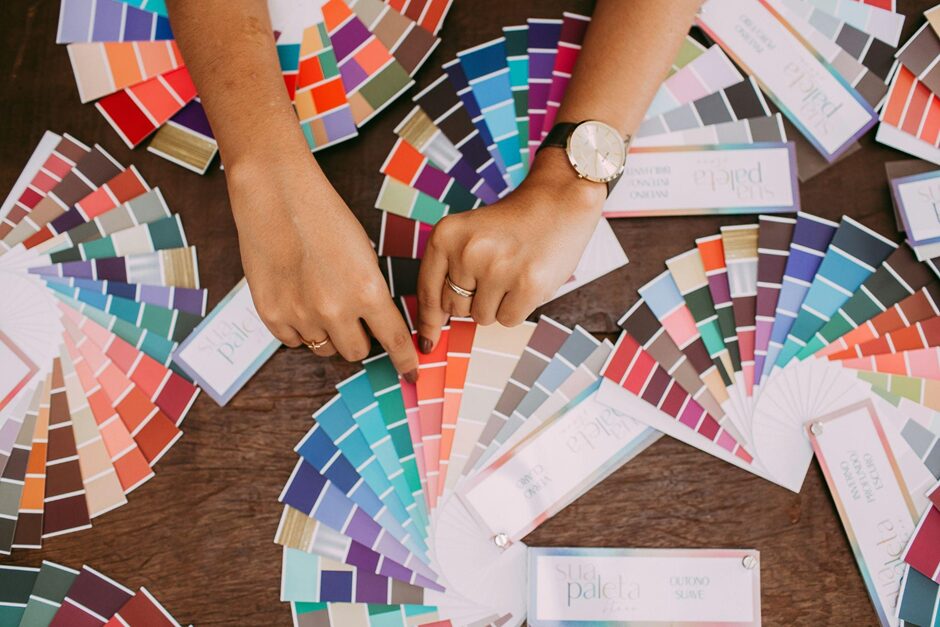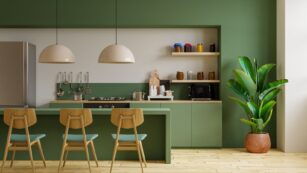
Have you ever walked into a room and instantly felt relaxed or, conversely, overstimulated? It is likely not just the room’s layout or the furniture adorning it that caused this reaction but the color scheme. Colors play a more significant role in your emotions than you may realize.
The world of color psychology is fascinating because colors can evoke an emotional response in humans. Understanding color psychology can be a game-changer when decorating your home, allowing you to create the desired atmosphere and mood and transform the ambiance of a room. Don’t believe us? Then, keep reading this crash course in color psychology.
The Power of Pink: A Real-Life Case Study
Although the University of Iowa and the British soccer team Norwich City are thousands of miles apart, both used pink to gain the upper hand over their opponents. Both popular teams are well known to those frequenting betting sites in Texas and are infamous in sporting circles for having painted the visiting team’s locker room a shade of pink. But why pink?
Pink is often associated with feelings of calmness and tranquility. It is a color intrinsically linked with femininity and is rarely associated with aggression. The University of Iowa and Norwich City attempted to gain a psychological edge over their opponents by forcing them to prepare for a game in surroundings designed to make the players feel at ease and relaxed instead of psyched up for the upcoming game.
While the effectiveness of these tactics remains a subject of debate, the fact these teams hoped to subconsciously weaken their opponents highlights the profound impact colors can have on human behavior and emotions.
The Color Wheel of Emotions
The next time you are standing in Home Depot, choosing from the vast array of available paints, think about the colors and the emotions they can promote. Colors are broadly categorized into warm (oranges, red, and yellows), cool (blues, greens, and purples), or neutral (beiges, grays, and whites). Warm colors are energetic and stimulating, while cool colors promote calmness and relaxation. Neutral colors can evoke feelings of sophistication and spaciousness. Let’s take a deeper look at some of the popular colors and the emotions they bring out.
Red is a bold, fiery color associated with energy, excitement, intensity, and passion. It can promote a sense of urgency, which is why most sale signs in store windows are red; have you ever noticed that? Red can be a great accent color in living rooms or dining areas to stimulate appetite and encourage social interaction. Use reds sparingly because too much red can become overwhelming.
Staying with warm colors, orange is often associated with creativity, enthusiasm, and warmth, making it a cheerful choice for kitchens, home offices, and playrooms. You will usually see yellows in entryways, bathrooms, and kitchens because the color boosts energy levels and mood.

Cool colors also evoke powerful emotions in humans. For example, blues are linked with serenity and tranquility because they calm the mind. Blue is the perfect color for rooms where relaxation is essential. Darker blues help create a sense of luxury.
Greens are versatile colors that promote feelings of balance and calmness because they symbolize growth and nature. Studies have proven the color green lowers stress levels and heart rates while generating a sense of calm.
Purple is another cool color that combines the calmness of blue with the energy of red. It is associated with luxury and royalty and adds sophistication to rooms. Being surrounded by purple helps people relax, and artists unleash their creativity.
Colors for Specific Rooms
There is no right or wrong color to paint or decorate a room; color schemes are a personal choice. That said, using certain colors in specific rooms helps those rooms feel perfect for their intended purposes.
For example, calming hues like soft blues, greens, or lavender are excellent choices for a typical bedroom because they promote relaxation, which can improve sleep quality. Conversely, vibrant colors may disrupt restful sleep, defeating the purpose of a bedroom!
Most people spend most of their time in their living rooms, hence the name. You can create a welcoming atmosphere by using warm, neutral colors, such as beiges, with the occasional pops of colors for visual interest. Living rooms are, by their very nature, spaces for relaxing and socializing, so you want to create an inviting and comfortable environment.
Kitchens are a place for meal preparation and conversation, making a warm and inviting color scheme ideal. Soft yellows, oranges, and light greens can help boost energy levels. Incorporating white or light gray cabinets creates a clean, modern look, but avoid too much white elsewhere; otherwise, your kitchen can feel cold and clinical.
If you have a dining room, you have likely used this space to host memorable gatherings. It is where you enjoy meals with your friends and family, spending quality time with them. Warm browns, deep reds, soft lighting, and textured accents will create a cozy and inviting dining experience.
Decorate With Intent
It should be clear that color psychology is not an exact science and that personal preference always plays a role. However, by understanding the emotional responses colors evoke, you can make informed decisions when choosing the color scheme of your home’s rooms.
The next time you pick up a paintbrush or choose new wallpaper for a room, think about how the colors you choose can alter how you and others perceive that space and how, by choosing hues that align with each room’s primary function, you can create an environment that nurtures both body and mind.

We started this article by stating there is psychology behind colors, and now you know all about the subject. So, unleash the power of color and turn your home into a reflection of your unique personality and style.












